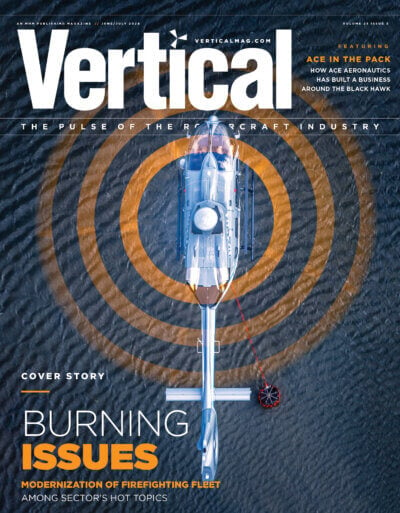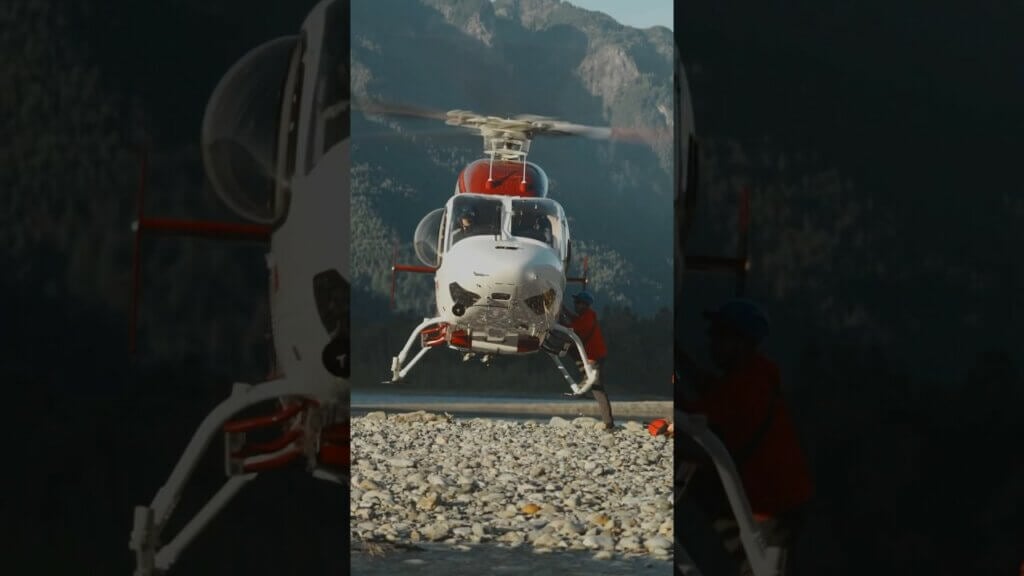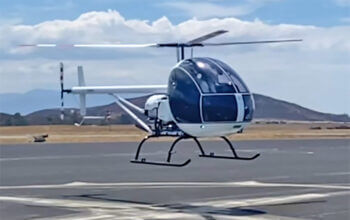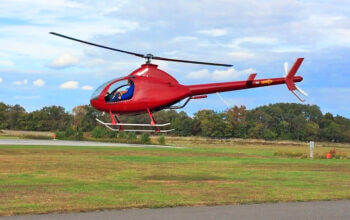The Federal Aviation Administration (FAA) published proposed airworthiness criteria for the certification of 10 different unmanned aircraft systems, a welcome sign of progress toward regulatory approval of more complex drone operations in low-altitude airspace.

Drone operations in the U.S. are generally governed by the FAA’s Part 107 rules for small unmanned aircraft, which are fairly restrictive. Operators can apply for special permission to fly over people, at night, or beyond their visual line of sight — all at times necessary for complex, valuable operations such as inspections or delivery — but they must prove their mission will stay beneath an acceptable level of risk to get the agency’s approval. Flying in more densely populated areas is inherently riskier.
Using an uncertified airframe comes with a certain level of risk that limits how much operational risk can then be tolerated. Therefore, awarding type certificates for drones is likely to “increase both public and regulatory confidence in drone technology as operations become more advanced,” as Dr. Michael C. Romanowski, director of the FAA’s Aircraft Certification Service Policy and Innovation, said regarding the published airworthiness criteria notices.
The 10 named drone manufacturers and their respective aircraft are as follows:
- 3D Robotics 3DR-GS (using Yuneec’s H520-G airframe)
- Airobotics OPTIMUS 1-EX
- Amazon MK27
- Flirtey F4.5
- Flytrex FTX-M600P (using DJI’s M600 airframe)
- Matternet M2
- Percepto System 2.4 (the company just announced $45 million in Series B funding)
- Telegrid DE2020
- Wingcopter Model 198
- Zipline Zip
The 10 drones range in maximum gross takeoff weight from five to 89 pounds, with the fastest aircraft, Wingcopter’s Model 198, reaching a max cruise speed of 70 knots. Anticipated uses include package delivery, transporting medical materials, inspection of critical infrastructure and surveying, mapping or patrolling.
Noticeably absent are Uber and Wing, two companies that have made public their pursuit of drone delivery, the former as part of its Eats service and the latter working in partnership with restaurants, convenience stores and libraries.
A representative for Uber told eVTOL.com the company is “exploring testing with a new vehicle that requires fewer exemptions than we had filed under our initial application to the FAA,” though the company declined to provide further detail on what exemptions were being referred to.
Wing, which recently passed the one-year mark of its drone delivery pilot program in Christiansburg, Virginia, told eVTOL.com the company is undergoing the type certification process for its aircraft and intends to continue scaling its delivery service across the country. Along with Amazon and UPS Flight Forward, Wing is one of three drone operators in the United States that has received a Part 135 operator’s license for commercial drone delivery service.

In February, the FAA clarified that its policy for type certifying drones — often stated by officials as “bring us what you’ve got, and we’ll find a way to certify it — will be to treat them as unique applicants under 14 CFR Part 21.17(b), the regulatory path used for various kinds of special aircraft that don’t have a category of their own.
“The individual certification approach allows each company to develop their aircraft without having to adhere to generalized standards applicable to all UAS aircraft, resulting in more innovation in design,” Erin Rivera, aviation attorney at Fox Rothschild, told eVTOL.com. “That may be the initial approach the FAA uses for eVTOL aircraft as well. It’s unlikely they could or will choose to come up with a single set of airworthiness criteria that works for Joby Aviation, Beta Technologies, and Lilium, for example. The aircraft designs are just too different.”
Overall, there is great uniformity across the 10 proposed airworthiness criteria documents, signaling progress within the FAA toward developing general guidelines for meeting performance-based standards for unmanned aircraft. All manufacturers will have to prove probable failures will not result in loss of the aircraft, to include propulsion systems, command-and-control link, GPS connectivity, critical flight control components with a single point of failure, and the control station.
Due to the inherently critical nature of connectivity for unmanned aircraft controlled by a remote pilot, the FAA will also require all manufacturers to follow to the same standards for cyber security as manned aviation.
“To address the risks to the UAS associated with intentional unauthorized electronic interactions, the applicant would be required to design the UAS’s systems and networks to protect against intentional unauthorized electronic interactions and mitigate potential adverse effects,” the agency states in all 10 notices of proposed airworthiness criteria. “The wireless connections used by UAS make these aircraft susceptible to the same cyber security risks, and therefore require similar criteria, as manned aircraft.”
In a significant departure from how the agency handles manned aviation, however, the FAA will require all applicants for a unmanned aircraft type certificate to define their concept of operations for the aircraft, in addition to its flight characteristics and capabilities.
“The proposed criteria would require the applicant’s CONOPS to identify the intended operational concepts for the UAS and describe the UAS and its operation,” the notices state. “The information in the CONOPS would determine parameters and extent of testing, as well as operating limitations that will be placed in the UAS Flight Manual.”

While operational intent is taken into account in a very broad sense when the FAA certifies manned aircraft for use as ultralights, light sport, general aviation or transport category aircraft, the agency’s approach to drones includes a much greater degree of specificity — and may result in type certificates for drones that are functionally different or more limiting than what manned aircraft have historically been issued. The FAA did not respond to a request for comment from eVTOL.com.
All manufacturers also propose a maximum 20:1 ratio of unmanned aircraft operated by a single remote pilot.
Nine of the applicant manufacturers include flight beyond the operator’s visual line of sight (BVLOS) and over human beings as part of their CONOPS. The outlier, 3D Robotics, intends its 5-pound aircraft to be used for surveying or inspection of critical infrastructure within the operator’s line of sight and within sparsely populated areas, but requests permission to fly at night.
No applicant has requested their CONOPS to include both BVLOS and night flight, likely an indication of the high level of risk that would be associated with that operational combination — and, in turn, the level of risk the manufacturer would take on in attempting to make the safety case for that type certificate.









Why are the proposed rules on software so lax for these aircraft? It seems as if the perception is that they impose so much less risk to other airspace participants that it doesn’t really matter? Their proposed rule is, UAS.110 “…To minimize the existence of errors, the applicant must: (a) Verify by test all software that may impact the safe operation of the UAS…“). That is curious, as the entire point of development assurance is that quality can’t just be added on at the end, via test or otherwise.
The physics of all these aircraft are based on toys introduced many years ago.
Most use the toy or hobbyist components.
We have a patent application on a drone that makes no noise. A gate requirement that must be implemented before we have Dones flying over our heads.
We also have developed a propeller, that can carry a lot heavier weight for a much longer time.
Connected with a new heavy duty industrial craft architecture.
Buck_Crowley@msn.com
I agree with you Nate on the statement,“the entire point of development assurance is that quality can’t just be added on at the end, via test or otherwise“. This is very much true from the ARP4754A guidelines in which assigning DAL should be based on safety (& reliability). With the recent events, the level of rigor has gained traction and hopefully, the recommended guidelines may be revised/or re-visited to tie the loose ends and enforce the same compliance standards as manned aircraft with respect to DO-178B/C & DO-254/DO-160